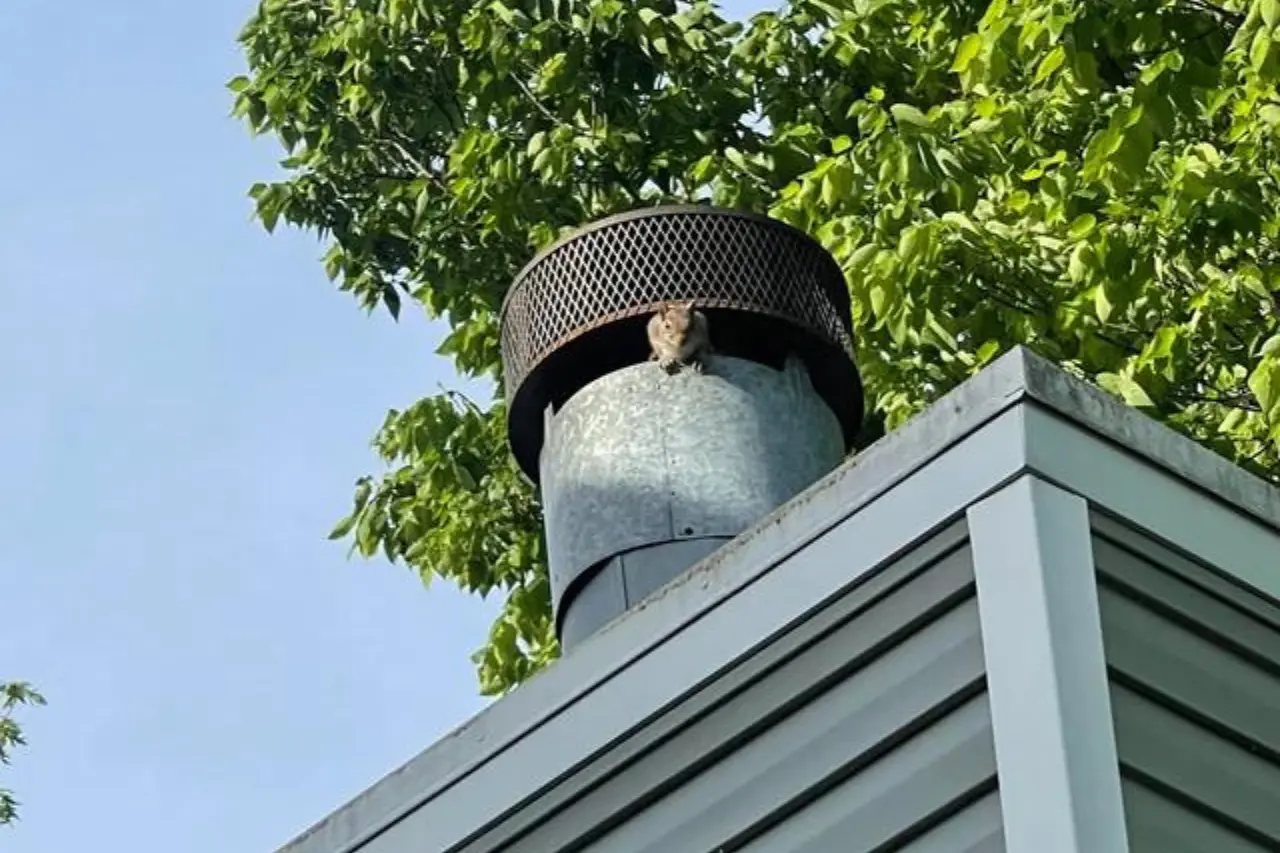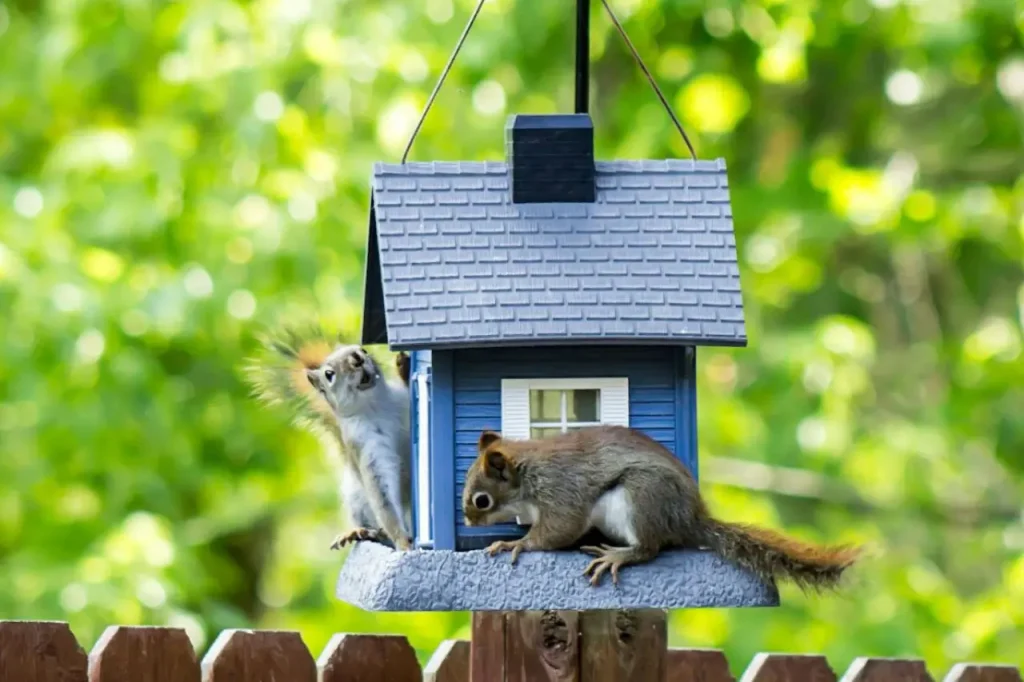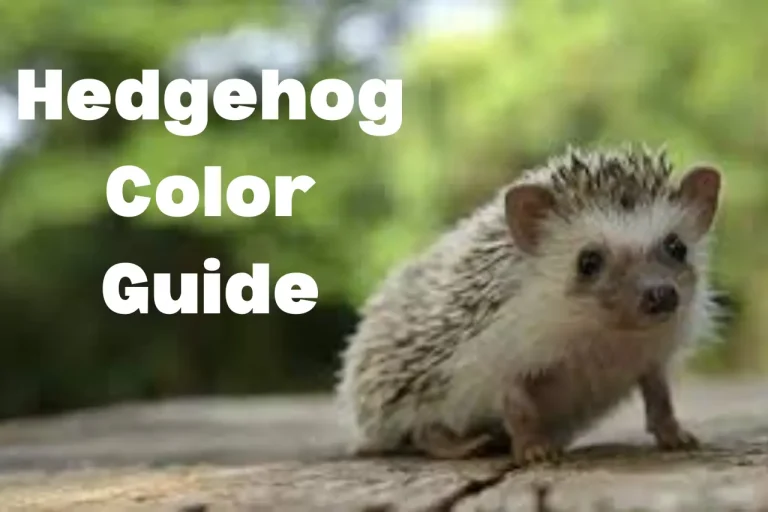Squirrel in Chimney – What To Do (Tips and Tricks)

A chimney is a cozy place for squirrels, especially for female squirrels, because it can be a place where female squirrels can give birth to their kittens in a safe place. Sometimes they make a nest, making your chimney a source of danger. But the main issue is how to know whether there is a squirrel in chimney or any other animal like skunks, owls, raccoons, and others.
If there is a squirrel in your chimney, you can remove it by calling a professional or by yourself by making a noise, using a trap, or by making a squirrel chimney trap at the top of the flu. But if you do it by yourself, you can harm yourself, animals, or babies. But it’s not good to leave it like this in your chimney, because it can die, creating an unpleasant odor in your house.
If you’re facing this issue in your chimney, this guide is especially for you where you’ll learn how to recognize there is a squirrel in your chimney, how to get it out safely, and other techniques. So, stay with us till the last clause of this article to make your chimney clear of these harmful animals.
How to Know There is a Squirrel in Chimney?
But before taking any action, you must know whether there is a squirrel or any other animal in your chimney.
Here are some signs to know what there is:
By Time:
If you’re hearing a bunch of scratching and rustling sounds coming from your fireplace, it’s crucial to figure out who the culprits are. Luckily, telling them apart is pretty straightforward: squirrels are typically the daytime noisemakers, while raccoons prefer to stir things up in the dark hours.
This method of identification is more dependable than relying solely on the sounds because, believe it or not, even a petite squirrel can create quite a ruckus.
By Noise:
But if there is another animal rather than squirrel or raccoon, you can recognize with the help of sounds:
| Animals | Animals’ Sounds |
| Raccoon | Loud and deep from your chimney |
| Squirrel | Scurrying, soft and high-pitched |
| Bats | Scratching or rustling |
| Birds | Chirping, cooing, or shuffling |
| Rodents, rats, or mice | Screeching and scratching |
Why Squirrels Get into Chimneys?
When a lady squirrel is on the lookout for the perfect nesting spot, she’ll explore houses, trees, and any dry, secure location. An uncovered chimney without a chimney cap happens to be an ideal choice. Once she’s settled on your chimney, she skillfully makes her way down the flue and establishes her nest at the base.
So, if you happen to have a brick or stone chimney, it’s not likely a case of a squirrel stuck inside; it’s more like you’ve got a squirrel convinced she’s facing an unexpected eviction!
How To Get A Squirrel Out Of The Chimney? Some Tips
Getting a squirrel out of your chimney is best handled by professionals who possess the necessary expertise and equipment. Their experience ensures a safe and effective removal process that minimizes risks.
Attempting to handle the removal on your own can lead to potential injuries for both yourself and the squirrel. Furthermore, leaving the squirrel in the chimney could result in its death, leading to decomposition and an unpleasant odor permeating your home.
For those inclined towards DIY solutions, an effective method involves constructing a squirrel chimney trap at the top of the flu. This trap captures the squirrel as it exits, providing a humane way to address the issue.
In cases where there are infants in the nest, it’s advisable to use a long chimney snare pole for removal. Ideally, this task should be carried out by a wildlife expert or a professional chimney contractor. Safety and humane treatment of the animals should always be the top priorities.
Make Sure This Will Never Happen Again
After successfully handling any squirrel visitors, make sure to protect your chimney by adding a sturdy steel cap to prevent a repeat performance. It’s essential to schedule chimney inspections twice a year to check the cap’s integrity, ensuring it hasn’t suffered any breakage, damage, or displacement.
If you don’t have a chimney cap in place, take a moment to close the fireplace damper. This precaution stops critters from entering the chimney and unexpectedly entering your home, making them more challenging to catch.
How Long Does it Typically Take for a Squirrel to Perish in a Chimney?
When a squirrel in a chimney finds itself in a trap, its fate depends on several factors. If the squirrel is stuck without access to food or water, its chances of survival can be as brief as two to three days. On the other hand, if the resourceful creature manages to find sustenance, it might endure for weeks or even months.
How to Prevent Squirrels Entry in Home? 5 Tips
Dealing with squirrels finding their way into your home can be a nuisance, causing potential damage and disturbances. To help prevent these curious creatures from making themselves at home, consider the following five practical tips:
Install a Chimney Cap
Chimneys often serve as tempting entry points for squirrels. Installing a chimney cap with a mesh design acts as a protective barrier, keeping squirrels and other wildlife from using your chimney as a point of entry.
Beyond preventing squirrel intrusions, a chimney cap also safeguards against debris, leaves, and rain, enhancing the overall safety and efficiency of your chimney.
Trim Overhanging Branches
Squirrels are natural climbers and may exploit overhanging branches to access your home’s roof and potentially find entry points.
Regularly trim tree branches extending close to your home to discourage squirrels from easily reaching your roof and other exterior structures.
Seal Entry Points
Small openings and gaps in your home’s exterior can provide easy access for squirrels. Ensure potential entry points, such as gaps in the roofline, vents, or openings around windows and doors, are properly sealed.
By effectively sealing these entry points, you create a barrier that deters squirrels from entering your home. Regular inspections help identify and promptly address vulnerabilities.
Use Squirrel-Resistant Bird Feeders

If you enjoy feeding birds, spilled birdseed can attract squirrels. Traditional bird feeders may not deter them, encouraging their presence around your home.
Invest in bird feeders designed to resist squirrels, limiting their access to the food intended for birds. This not only keeps squirrels at bay but also maintains a harmonious coexistence with the local bird population.
Secure Outdoor Food Sources
Squirrels are opportunistic feeders and may be drawn to outdoor pet food, birdseed, or garden produce.
Store pet food indoors, utilize squirrel-resistant bird feeders and promptly harvest garden produce to minimize accessible food sources. Eliminating these easy food options reduces the attractiveness of your surroundings to squirrels.
Click here to know what is the meaning of “Acceptance is the Answer”.
FAQs
Final Verdict
In the guide on squirrels in chimneys, we’ve shared some techniques like noise and time techniques to know which animals are trapped in your chimney. By calling professionals or applying the mentioned tips, you can conveniently remove squirrels from your chimneys. We’ve also shared some tips on how to prevent squirrels from entering your home, so by following all the tips, you can easily keep your house clean from these squirrels. In short, if you’ve any queries, feel free to reach out using the given comment box.






